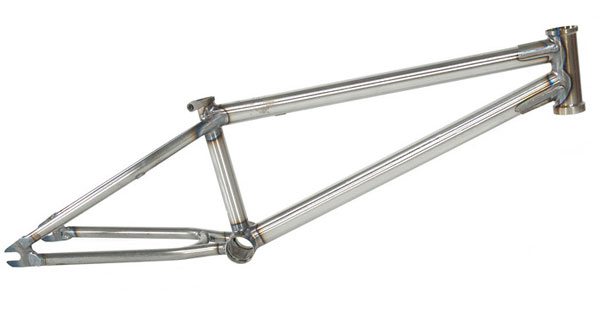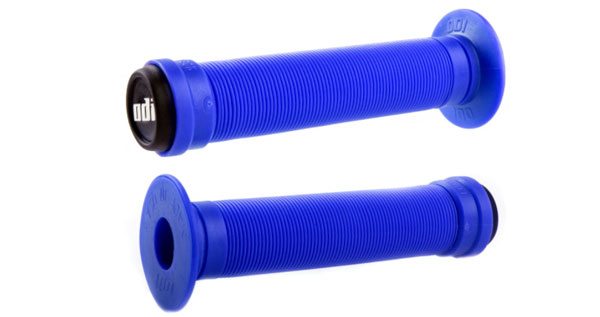
As many of you know, September is a busy month for the BMX industry, and the entire bicycle industry, thanks to Interbike. Although the internet has made it MUCH easier for brands to communicate with shops, distributors and riders around the world, it is still one of those events that is good for everyone to come together and meet face to face and give shops and industry members an opportunity to take a closer look at what brands have been working on for the past year. We have been getting a few sneak peeks from brands over the past few weeks and it has given us a fairly rough idea of what we’ll be seeing at the tradeshow this coming week. Since this will be our 8th year visiting Las Vegas for the show, we figured it would be fun to put together some predictions as to just what we might expect to see as far as products go from BMX brands… So let’s take a look.




















